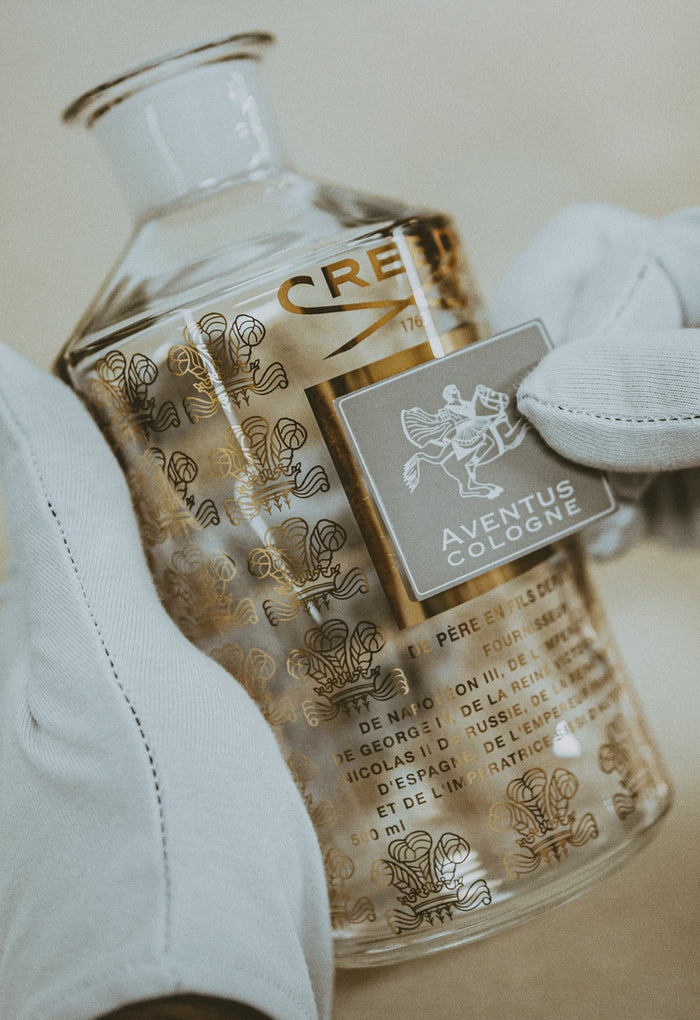Finding the right perfume for yourself can be an overwhelming experience and knowing whether to opt for an Eau de Parfum, Eau de Toilette or Eau de Cologne can make the perfume buying process even more complex.
The fragrance industry, as we know it today, is made up of different fragrance categories. With the vast array of traditional and new fragrances to choose from, these categories help to define the different perfume types. Which category a perfume sits in is often based on the concentration of pure perfume oil that the perfumer has used in the formula. However, it’s important to note that there’s no real way of defining a fragrance – perfume is a creative art and that’s the beauty of it. It’s very much open to the interpretation of the master perfumer and there are many times they will look to “break the rules” when it comes to fragrance types, in order to create a true masterpiece.








